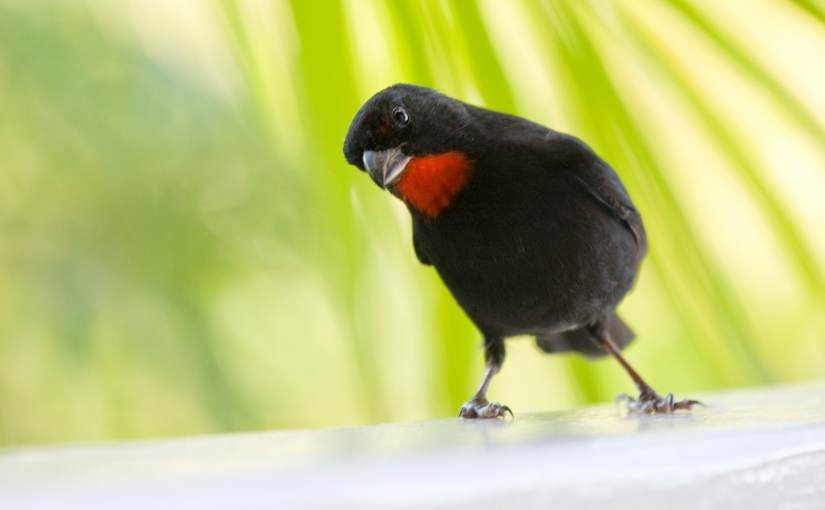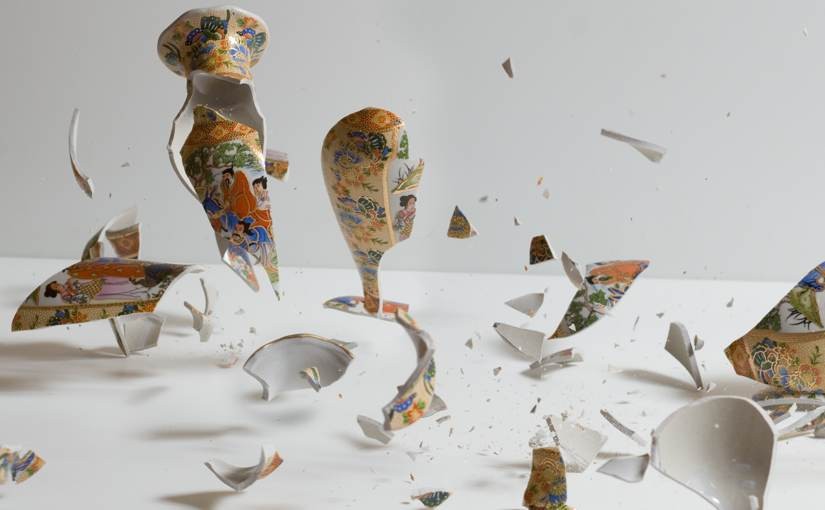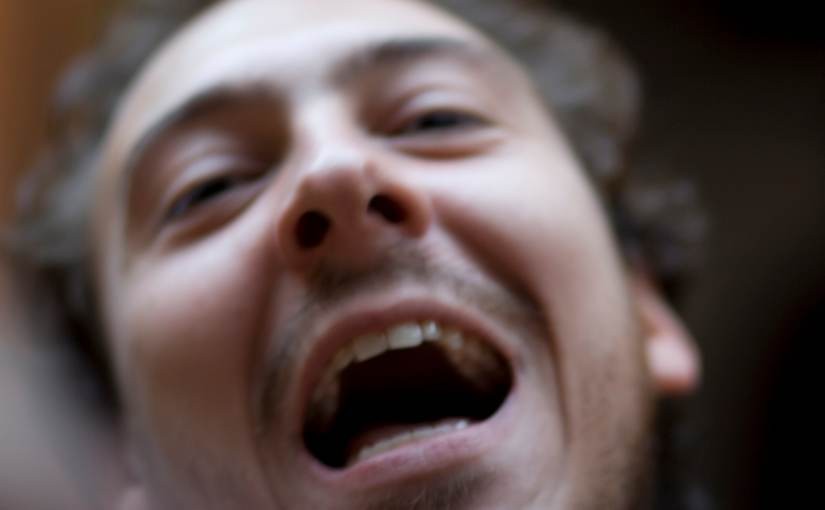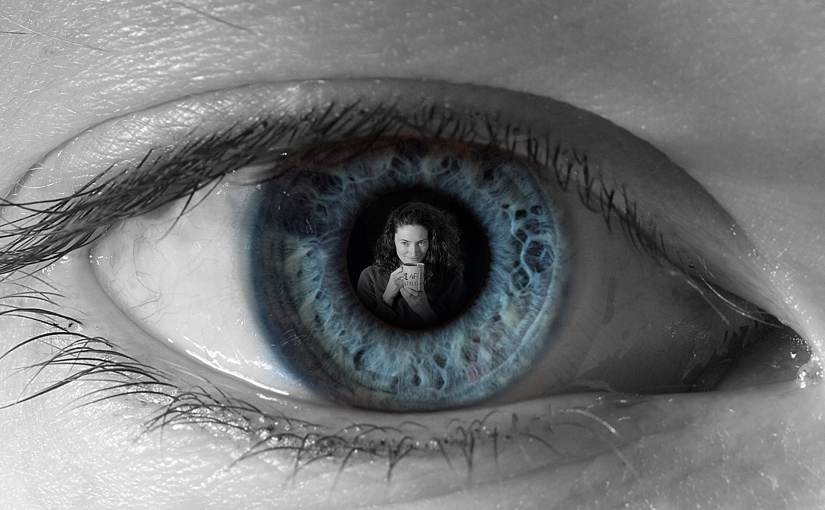My second big photography project, Vistagraphs, is an experiment in making photos that reflect the way that humans perceive the world. This is an explanation of what I mean by that.
Category: Photography
Incubator: The Birds
This is an “Incubator” post. Like the others, I know that there’s an idea for a big project in here, but I don’t know what it is yet.
Birds are one of the most photographed subjects, so it’s hard to do anything that hasn’t been done many times before. I’d like to show a slightly quirky and unusual side of birds, but I don’t know what that is yet.
Here are a few photos that contain elements I’d like to expand on:
Incubator: Still
This is an “Incubator” post. Like the others, I know that there’s an idea for a big project in here, but I don’t know what it is yet. Each photo would use a fast shutter speed or flash to freeze motion, capturing a view of a subject that people don’t get to see with the naked eye.
This connecting thread will link together a disparate set of subjects that wouldn’t otherwise find themselves together in a book. It might work beautifully, or it could be an incoherent mess. I need to shoot more pictures to find out.
Incubator: Somewheres
This is an “Incubator” post. Like the others, I know that there’s an idea for a big project in here, but I don’t know what it is yet.
While walking for a month across northern Spain, I passed thousands of doors. All of them lead somewhere. I started a collection of doors, whimsically limiting myself ones bearing the number 8 (as soon as I had decided upon this limitation, every other street seemed to have a demolished house between 6 and 10).
Incubator: Portraits on Location
This is an “Incubator” post. Like the others, I know that there’s an idea for a big project in here, but I don’t know what it is yet.
In order to be included in this project, the portraits must have been taken out and about, as part of the subjects life.
Project: “Vistagraphs” book
Humans are nothing like cameras.
While the human eye itself is somewhat like a camera, the eye is just one part of the human ability to perceive the visual world, and cameras suffer from several limitations that do not affect humans.
Vistagraphs are an experiment in producing images that reflect the way that humans perceive the world.
Project: “Eyes” book
When I look at a portrait I first see the expression on the subject’s face, and after a few moments of appreciation I find my gaze inevitably drawn to the eyes. The eyes reveal the personality of the subject, confirming the expression of the face or contradicting it. The eyes are the most important part of the portrait, yet the smallest. This is a pity because eyes contain beautiful details that are lost in most portraits.
This project consists of inside-out portraits. The intention is that after the first few moments regarding the eye, your gaze is inevitably drawn inwards to the subject’s face.
A better depth of field table
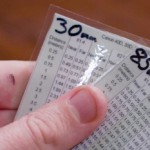
Normal depth of field tables list the depth of field for any combination of aperture and subject distance for a single focal length. I find this a pain in the ass for several reasons: firstly, I have to carry around several charts, secondly if I'm using a zoom lens I have to guess what focal length I'm using, and finally I generally find it easier to gauge the size of the subject rather than the distance to it.
This chart is my solution.
Bernie’s Better Guide to Depth of Field for Geeks Who Want to be Digital Artists
Being a guide to portrait photography cleverly masquerading as a technical analysis
Like the topics we covered in the beginner’s guide last month, depth of field might initially seem complex, but behind it is some relatively simple logic and maths. Don’t worry if maths isn’t your strong point: long equations are the crutch of the inarticulate, and there’s nothing in this article more complicated than division.
Continue reading Bernie’s Better Guide to Depth of Field for Geeks Who Want to be Digital Artists
Bernie’s Better Beginner’s Guide to Photography for Computer Geeks Who Want to be Digital Artists
Illustrated with photos wot I ‘ave taken
This is a beginner’s guide for computer geeks who want to be digital artists. Specifically:
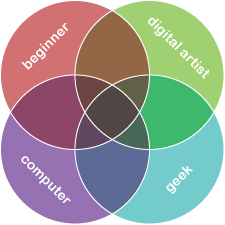
Roll over a section of the diagram
You are a beginner: you have little experience with photography beyond point-and-shoot cameras and mobile phones. If you are not a beginner then why are you reading this? Shoo! Go outside and play with your camera.
You want to be a digital artist: you intend to make a small number of photos or illustrations that are as close to perfection as you can get them.
If you want to take large numbers of shots to document weddings or sports events for example, then you won’t want to edit them all on a computer afterwards so you have to get everything perfect when you take the shot, just like in ye olden days of film photography. This guide may well help you, but ignore the section on digital manipulation. Then practice. A lot.
On the other hand if you don’t care about making each shot perfect then save yourself a lot of money and buy a point-and-shoot camera.
You have a computer and know how to use it. If you are reading this, I’m guessing that you do. If you are not reading this then something very strange is happening right now.
You are a geek: The fact that you’re reading this article already gave you a 90% chance of being a geek, and taking the time to roll over all these little bits guarantees it. If you think Venn diagrams are interesting, you’re a geek, end of story. I like to define a geek as someone who cares enough about something that they want to get good at it for their own sake, not to impress others or earn more (though being a geek helps you with those two goals too).
Moot point – all digital artists are computer geeks
You are a computer geek: you enjoy using computers and can learn a piece of software by playing with it for a day or two. If you are not a computer geek then it may be for the best to use a digital camera as if it was a film camera: forget digital retouching and just capture the best image you can when you shoot. This article will still be useful, but ignore the section on digital manipulation.
If all of the above apply, come on in!

